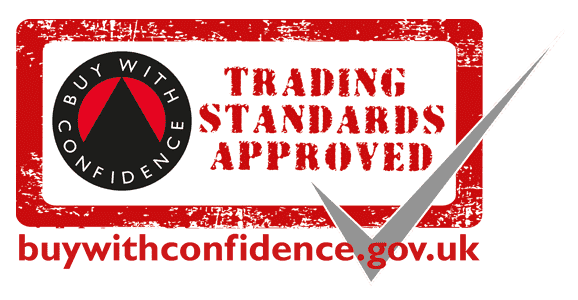When to Buy Gold Bars?
For new investors, looking at a gold price chart can often be something of a confusing experience. It’s all well and good being able to see the trends in gold prices, but how do you learn to predict them? If gold is on the up, how can you tell whether the trend will continue or collapse?
In short, how do investors learn to identify when to buy gold bars, to get the maximum possible return on their investment and how can you apply this to know when to buy gold bars yourself?
Why buy gold?
In 2008, before the now infamous financial crash, a troy ounce of gold was being sold for a spot price of £419.42. If, for whatever reason you’d bought a troy ounce of gold at this price at the start of 2008, and sold it at its highest point four years later, you’d have made about £762, a return of 182 per cent on your original investment.
This is a particularly extreme case – there’s no definite way of knowing or predicting that gold will rise to that extent. There are certainly a lot of experienced gold investors that wish they had predicted that rise.
But one thing is clear – the gold market has the potential to offer significant returns on investment and this usually occurs at times when the value of the money in your savings account or shares is falling. This is precisely why investors continue to buy gold bars to such a considerable degree – the commodity is tried, tested and trusted.
What influences gold prices?
While in hindsight it may seem obvious that buying gold at the start of 2008 was a good idea, coming to that conclusion at the start of 2008, or making similar decisions with your contemporary investment strategy, is a lot trickier. If the financial crisis somehow evaded the predictions of economists, financial professionals and bankers alike, how is the average casual investor supposed to predict these seismic economic shifts?
Unfortunately, there’s no formula. While gold is stable and trusted, it can be just as subject to the volatile winds of economics as any other investment. But with a look at what has historically influenced the price of gold, and learning how to predict these changes, a few general trends begin to emerge.
The first of these, is that gold holds its value. A quick look at the purchasing power of Sterling will tell you exactly how reliable the currency in your piggy bank, pocket or savings account is. Inflation causes a simple £1 coin to be worth less and less. But as the value of your everyday currency falls, the price of gold tends to rise.
Economic volatility and gold prices charts
This can be seen most notably in times of economic volatility. Compare the two biggest drops in Sterling over the last decade – the financial crisis of 2008, and the day of the Brexit referendum result in 2016. On both of those occasions, the price of gold rose sharply.
The same effect can also be seen in longer periods of economic distress – as far back as the 1970s. During the 1970s and 80s, inflation in Sterling was at its highest point in recent history. In keeping with the trend, gold prices rose and rose. In short, any cash savings between 1970 and 1980 would have significantly decreased in value. The same value invested in gold between the two dates would have significantly increased.
For these reasons, investors often consider gold to be a long-term investment. Holding gold has been shown in many circumstances to be a steady and reliable way of increasing or at the very least maintaining wealth in times of economic security and volatility.
When is the best time to buy gold bars?
For the individual investor however, deciding when to buy gold bars is more nuanced than simply riding the waves of the gold price chart. There may be opportunities in your life to buy gold that have nothing to do with the immediate price.
Since gold often rises in the long term, there’s rarely a bad time to buy gold. There may be times that are better than others, but investors are usually confident that however much gold is worth; it’ll likely be worth more in a few decades time.
Gold is less often seen as an investment that will make a quick profit. Like all investments, smart investors don’t invest money in gold that is needed in the short term. A popular strategy is to invest ‘a little at a time’ – buying a small quantity of gold every now and again, and creating a solid contingent of wealth that will prove its worth over the coming years.
People sometimes choose to invest windfalls of money, such as work bonuses or inheritances in the gold market, for similar reasons.
Where can I get the best gold prices?
For those seriously considering when to buy gold bars, it is important to find a trusted dealer so that you know where to go when you’re ready to buy. For most people, this is about finding an open and honest company that offers a competitive price for gold bars.
Though any gold bars you buy will be governed in price by the live gold spot price, most merchants will charge a premium above this price, to cover the costs or minting, packaging and transporting the product.
The smart investor will shop around for the lowest premiums amongst competing gold merchants. These can most often be found with online gold bullion dealers such as The Gold Bullion Company. Our prices are automatically updated in line with the gold price, so you can be sure that any gold bars you buy from us are incredibly competitively priced.
Start growing your gold bar investments today.
















